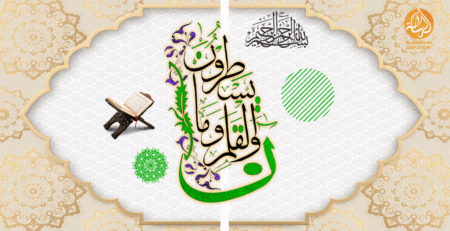Exploring the Differences Between Islam and Christianity
Introduction: Islam and Christianity are two of the world’s major religions, each with rich histories, diverse traditions, and millions of adherents. While they share some commonalities, such as monotheism and reverence for prophets, there are profound differences in their beliefs, practices, and interpretations of religious texts. This essay will delve into the distinctions between Islam and Christianity, shedding light on their theological teachings, sacred texts, rituals, and societal implications.
Theological Teachings: Islam and Christianity differ fundamentally in their theological teachings. In Islam, the core belief revolves around the concept of Tawhid, the oneness of God, emphasized in the Shahada, the declaration of faith. Muslims believe in Allah as the sole deity and reject any notion of partners or associates with Him. Additionally, Islam emphasizes the concept of predestination (Qadar), where Allah’s will is absolute and determines the fate of individuals.
On the other hand, Christianity’s central theological doctrine centers on the Trinity, the belief in one God manifested in three distinct persons: the Father, the Son (Jesus Christ), and the Holy Spirit. This concept is foundational to Christian faith and distinguishes it from Islam’s monotheism. Christians also believe in the concept of salvation through faith in Jesus Christ, His death, and resurrection, which grants eternal life.
Sacred Texts: The sacred texts of Islam and Christianity play a pivotal role in shaping the beliefs and practices of their respective adherents. The Quran serves as the primary scripture in Islam, believed by Muslims to be the literal word of God as revealed to the Prophet Muhammad over a period of 23 years. It serves as a comprehensive guide for all aspects of life, containing laws, moral guidance, and narratives of previous prophets.
In contrast, Christianity’s sacred text consists of the Bible, which comprises the Old Testament and the New Testament. The Old Testament contains the Hebrew scriptures shared with Judaism, while the New Testament focuses on the life, teachings, death, and resurrection of Jesus Christ. For Christians, the New Testament holds particular significance as it establishes the foundation of their faith and provides guidance for Christian living.
Rituals and Practices: Both Islam and Christianity incorporate rituals and practices into their religious observance, albeit with notable differences. In Islam, the Five Pillars serve as the fundamental acts of worship and obedience to Allah. These pillars include the declaration of faith (Shahada), ritual prayer (Salah), almsgiving (Zakat), fasting during the month of Ramadan (Sawm), and pilgrimage to Mecca (Hajj) for those able to do so.
Christianity, on the other hand, emphasizes sacraments as central rituals within various denominational traditions. Common sacraments include baptism, which symbolizes spiritual purification and initiation into the Christian faith, and the Eucharist (also known as Communion or the Lord’s Supper), which commemorates the Last Supper of Jesus Christ with his disciples.
Societal Implications: The differences between Islam and Christianity extend beyond theological and ritualistic aspects to impact societal norms, values, and interactions. In predominantly Islamic societies, Islamic law (Sharia) often influences legal systems, governance structures, and social customs. Concepts such as modesty in dress, gender roles, and dietary laws are manifestations of Islamic teachings in daily life.
In contrast, Christian-majority societies may exhibit diverse cultural expressions influenced by Christian values but may not necessarily adhere to a unified set of religious laws. However, Christian principles may still inform ethical considerations, social justice initiatives, and charitable endeavors within these societies.
Conclusion: In conclusion, while Islam and Christianity share some common ground as monotheistic religions, they diverge significantly in their theological doctrines, sacred texts, rituals, and societal implications. Understanding these differences fosters greater appreciation for the richness and diversity of human religious experience while promoting dialogue, mutual respect, and peaceful coexistence among adherents of different faiths.










Leave a Reply